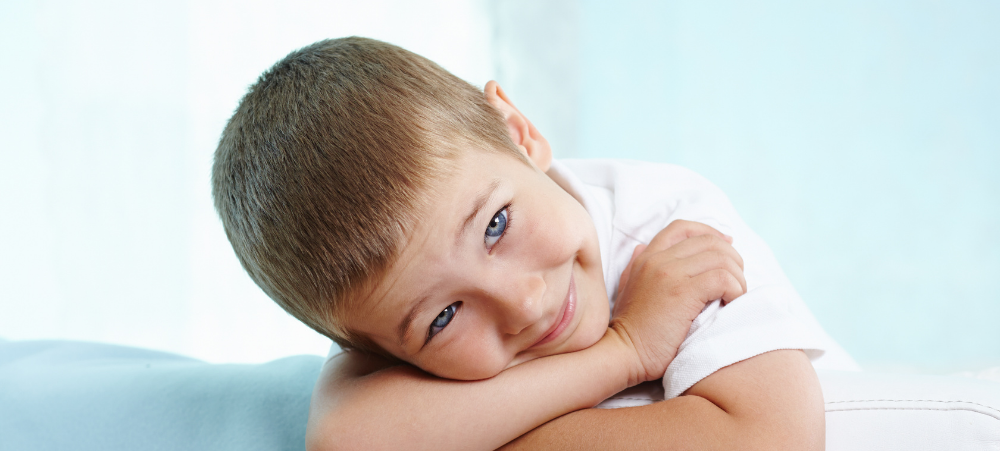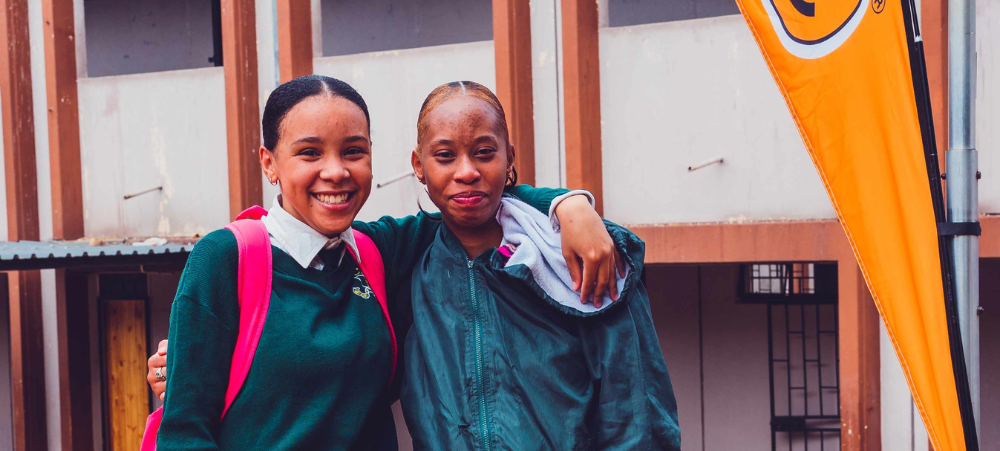For millions of South African children, crowded classrooms, and limited resources continue to hold back a generation of learners. BIC continues to champion education by supporting learners, teachers, and communities to ensure access to quality learning so that, despite the challenges, children have the tools and support they need to reach their full potential. This November, BIC South Africa joins team members around the world for the sixth Global Education Week (GEW), reaffirming its mission to put the power of learning in children’s hands. GEW is part of BIC’s global “Writing the Future, Together” sustainability program launched in 2018, which seeks to improve learning conditions for 250 million students globally by 2025. Data from the Department of Basic Education* revealed of the Grade 10 boys who started school in 2022, fewer than half made it to Grade 12 in 2024 without repeating a year. Girls fared only slightly better, and roughly 172,000 pupils dropped out entirely. Leaving school before matric does not just end a child’s education – it cuts off their chances of finding work, building a future, and breaking the cycle of poverty. For BIC, helping students learn goes beyond GEW. Since 2012, the company has donated over 17 million pens to South African schools, keeping classrooms stocked and learners equipped. In 2025 alone, through its various initiatives in South Africa, BIC has: Globally, Global Education Week activities have impacted more than 1.9 million learners in the past three years, with over 11 million products donated to schools and educational programs. By 2024, BIC had already reached 210 million beneficiaries worldwide, showing real progress toward its 250 million-student goal. This year, BIC’s GEW focused on CJ Botha Secondary School in Industria, Johannesburg, near the company’s manufacturing site. BIC team members joined forces to refresh and reorganize the school library. The project also included providing teachers and learners with essential writing tools. “Every child deserves the dignity of a fair start in life,” says Marc D’Oliveira, General Manager of BIC Southern and East Africa. “Through GEW and our ongoing outreach, we want to ensure that students not only stay in school but also enjoy learning. Change happens one classroom, one teacher, and one student at a time.” The story of BIC’s involvement in education is one of consistency. Each year, the company looks at how it can contribute where the need is greatest, whether that means equipping teachers, transforming learning spaces, or providing students with the basic tools that enable them to express their ideas and structure their thoughts. Writing, after all, remains one of the most fundamental skills in education. It underpins how we communicate, reason, and remember. For many learners, something as simple as having a reliable pen can mean the difference between participation and silence in the classroom. “Writing tools play an important role in cognitive development,” adds D’Oliveira. “They help learners think more clearly, capture what they learn, and build confidence in expressing themselves. That’s why access to writing tools is a necessity.” BIC believes that the responsibility for improving education cannot fall solely on government or educators. It requires collective action with businesses, parents, and communities working together to create conditions where young people can thrive. Through GEW, BIC’s team members also volunteer their time, sharing skills and supporting initiatives that uplift schools and teachers. This hands-on involvement reflects a belief that genuine corporate citizenship combines global vision with local impact. Across every region where BIC operates, the company’s actions during GEW are guided by the same principle: that small, consistent efforts lead to big change over time. As 2025 draws to a close, BIC is still pushing toward its commitment to improving learning conditions for 250 million students by 2025. GEW is a time to reflect on the progress made towards that goal, recognize the work still ahead, and keep driving toward a world where every learner has the chance to perform, express themselves, and succeed. *Research used data from the Department of Basic Education’s Learner Unit Record Information and Tracking system (LURITS) to monitor pupil’s movement through grades 10 to 12 For more, visit www.corporate.bic.com and to see BIC’s full range of products visit www.bic.com. Follow BIC on LinkedIn, Instagram, YouTube and TikTok.








